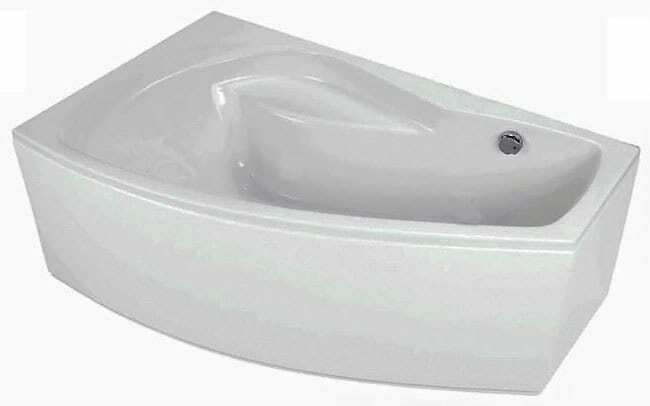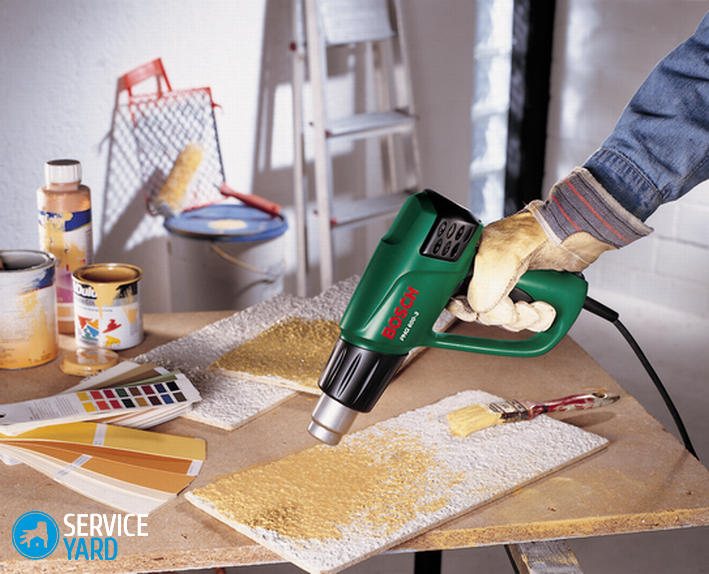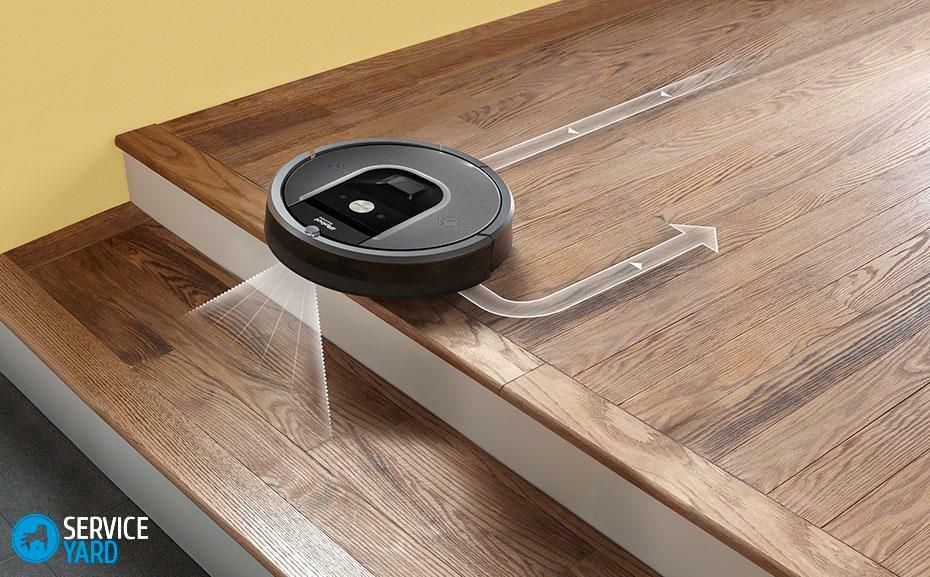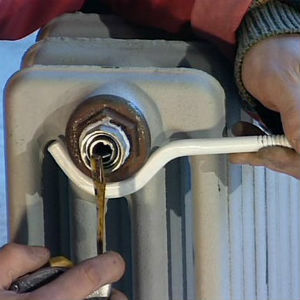
- When should I clean the heat exchanger?
- Methods for cleaning the heat exchanger
- Mechanical and chemical method
- Hydrodynamic method
- Chemical method
- Cleaning the heat exchanger by popular methods
Cleaning the heat exchanger is a complex and time-consuming process, but very necessary and should be done every 2-4 years. Such a procedure will ensure efficient and efficient operation of the heating equipment and will prolong its service life. But, in some cases, cleaning should be done much earlier, due to improper use of the equipment or because of poor quality of water in the boiler plant.
to the contents ↑When should the heat exchanger be cleaned?
 Determine when to clean the column, it is possible by the following signals:
Determine when to clean the column, it is possible by the following signals:
- it periodically switches on and off independently;
- heat sensors begin to work;
- the water began to heat up much weaker;
- significantly reduced the flow of hot water.
Methods for cleaning the heat exchanger
In order to clean the heat exchanger from scale, there are various ways, such as:
- CIP;
- folding;
- chemical;
- mechanical;
- is hydrodynamic.
When choosing a means for removing deposits in the heat exchanger, the following factors should be considered, such as:
- degree of contamination;
- features its design;
- properties and nature of the substances that formed sediments.
Important! Soldering systems do not use a collapsible method, and for clean contaminations, the chemical clean-up of the heat exchanger is not applicable.
to content ↑Mechanical and chemical method
Mechanical cleaning of the heat exchanger is the removal of deposits using hand tools. It is carried out by direct contact of the inventory with the contaminated system. This method is carried out by a method of disassembling the heat exchanger.
To clean the dismantled system from scale, it is suitable for such equipment as a metal brush or scraper - they quite effectively remove it.
Important! The mechanical method is the most laborious in its application, but in combination with the chemical method, the process is greatly facilitated and its effectiveness is increased.
Chemical purification in combination with mechanical is carried out as follows:
- Disassemble the heat exchanger.
- Remove contaminated parts.
- Take a metal brush or scraper.
- Scratch the scum from the parts.
- Pour a cleaning solution into the container.
- Place the machined parts in it.
- Leave them in solution for several hours.
- Remove from solution.
- Rinse with clean running water and dry.
- Mount all the elements back into the system.
Important! This method is excellent for dismountable tubular and plate heat exchangers.
to content ↑Hydrodynamic method
Hydrodynamic cleaning of parts from scale is carried out with the help of running water. The main condition is its delivery by a strong jet under high pressure.
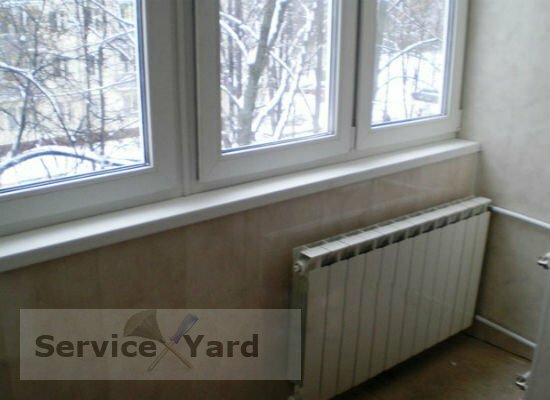 This method involves disassembling the system, but if you are going to clean the tubular heat exchanger, then this is not necessary.
This method involves disassembling the system, but if you are going to clean the tubular heat exchanger, then this is not necessary.
You can increase the efficiency of washing using a variety of nozzles. They contribute to the fact that jets of water are distributed in the right direction and at the required pressure. Most often, narrow nozzles with a plurality of apertures are used, in particular, they are used for washing pipes.
Important! The efficiency of hydrodynamic cleaning is 98% and it is absolutely eco-friendly. The uniqueness of this method lies in the fact that there is no need to use any chemical means, and hence their influence in no way will affect the strength of the material and the duration of its operation. If you have the tools for such a cleaning of the heat exchanger available, use them safely. In this case, you are guaranteed to get a quality result and will not be asking for years how to clean the heat exchanger.
Advantages of the
- hydrodynamic method The surface of the heat exchanger is retained.
- Very good plaque removal.
- Good performance method.
- Absolutely safe process.
Chemical method
Dry cleaning is carried out using chemical reagents that convert scale to a soluble form. Thanks to this, it becomes possible to remove impurities from the pipes and the equipment plates together with the solution. This method is good for preventive cleaning or for low and medium pollution. It can be used either as a folding or as an uncaptured way.
When disassembling the equipment, the contaminated parts are placed in a container with a chemical solution and remain there for a couple of hours, then thoroughly washed with clean water and screwed back into the system.
In the non-disassembled method, special installations are used, by means of which a chemical substance dissolving the hardened deposits poured into the contaminated system.
Disadvantages of the chemical method:
- After 3-4 washes, wear of the metal occurs.
- Quite high cost of specialized chemicals.
- In case of inaccurate use, a chemical burn can be obtained.
- A large amount of water is used for washing.
- A large number of drains that contain toxic substances.
Cleaning of the heat exchanger by folk methods
In order to carry out preventive cleaning of heating equipment with improvised means, perform the following sequence:
- Switch off the gas.
- Unscrew the water pipes.
- Remove the column from the hinges.
- Put it upside down.
- Take the rubber pear or syringe.
- Fill it with vinegar.
- Pour 0.5 liters of vinegar into the system.
- Wait for several hours.
- Install the equipment in its place.
- Connect the water supply pipe.
- Place the pelvis under a column to drain water.
- Turn on the water.
- Lower it until it is clean.
- Connect all other parts.
We hope that you have found our tips useful, and now you know how to clean the heat exchanger, and you will be able to perform this procedure yourself. To continue not to encounter interruptions during the operation of the system, regularly do preventive washing. In this case, your equipment will last you a long time.

